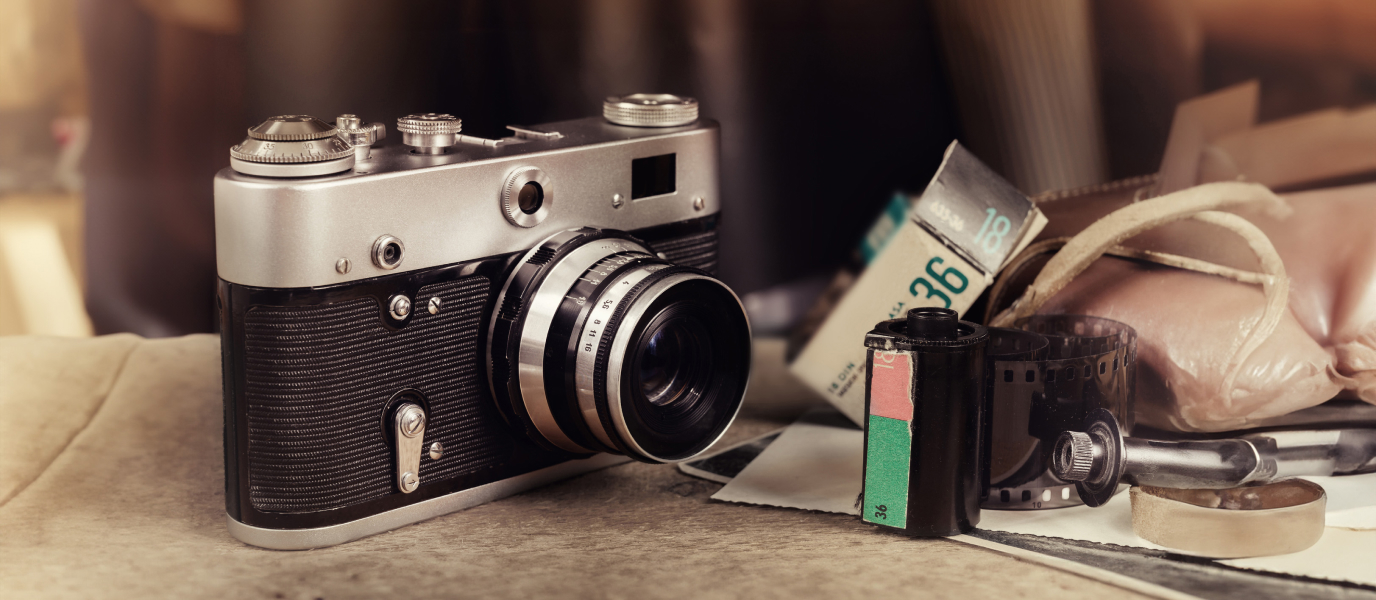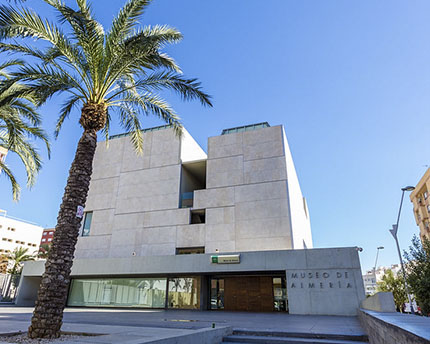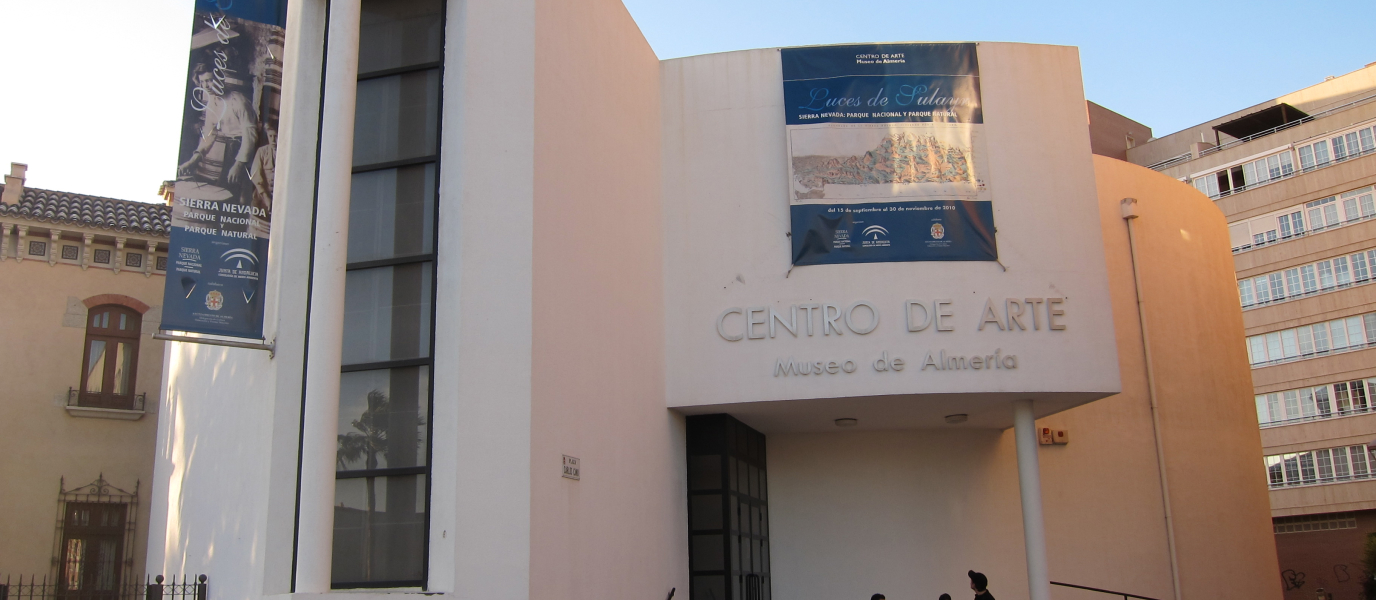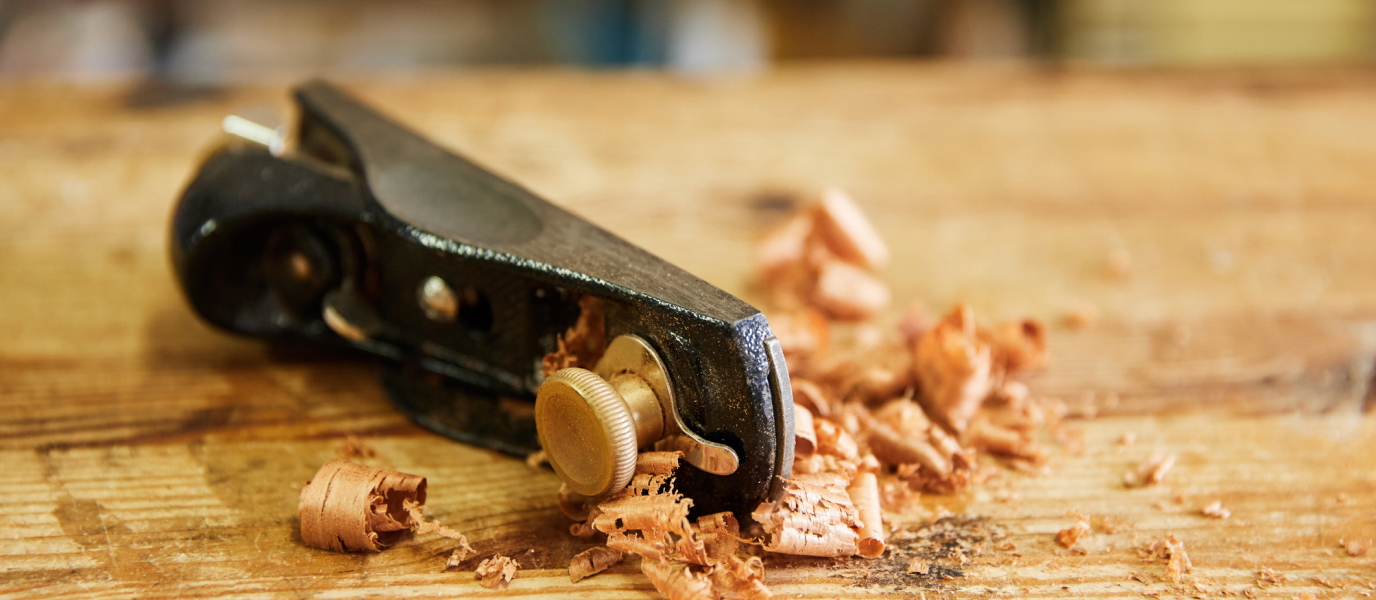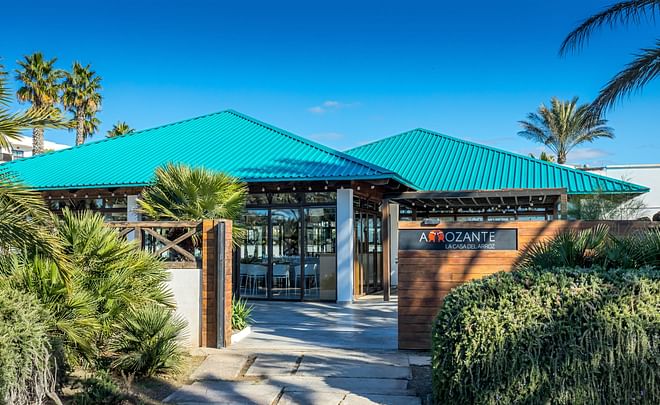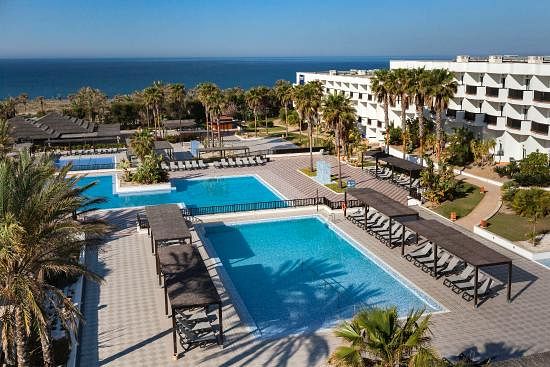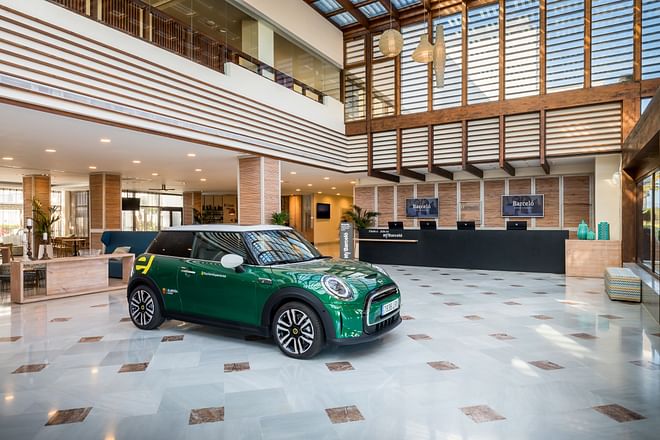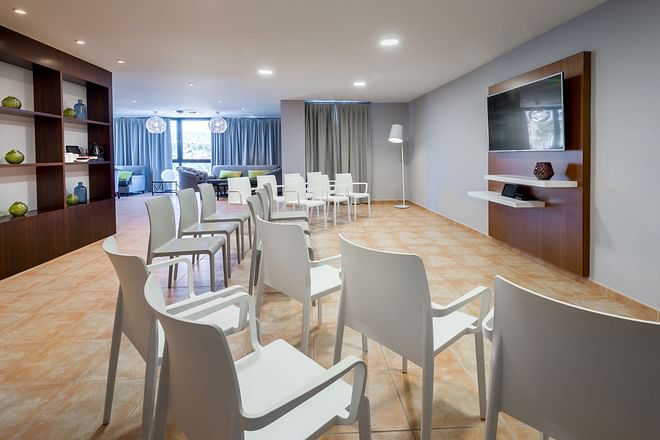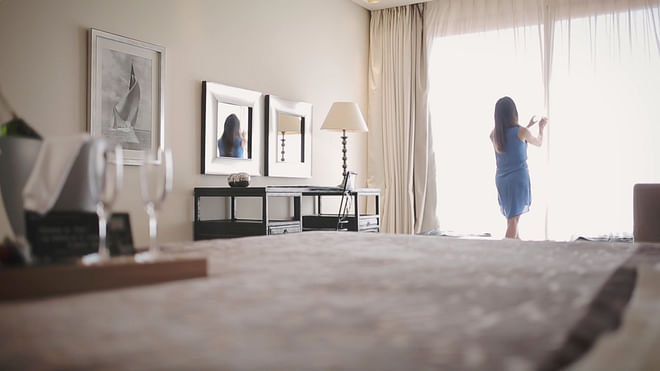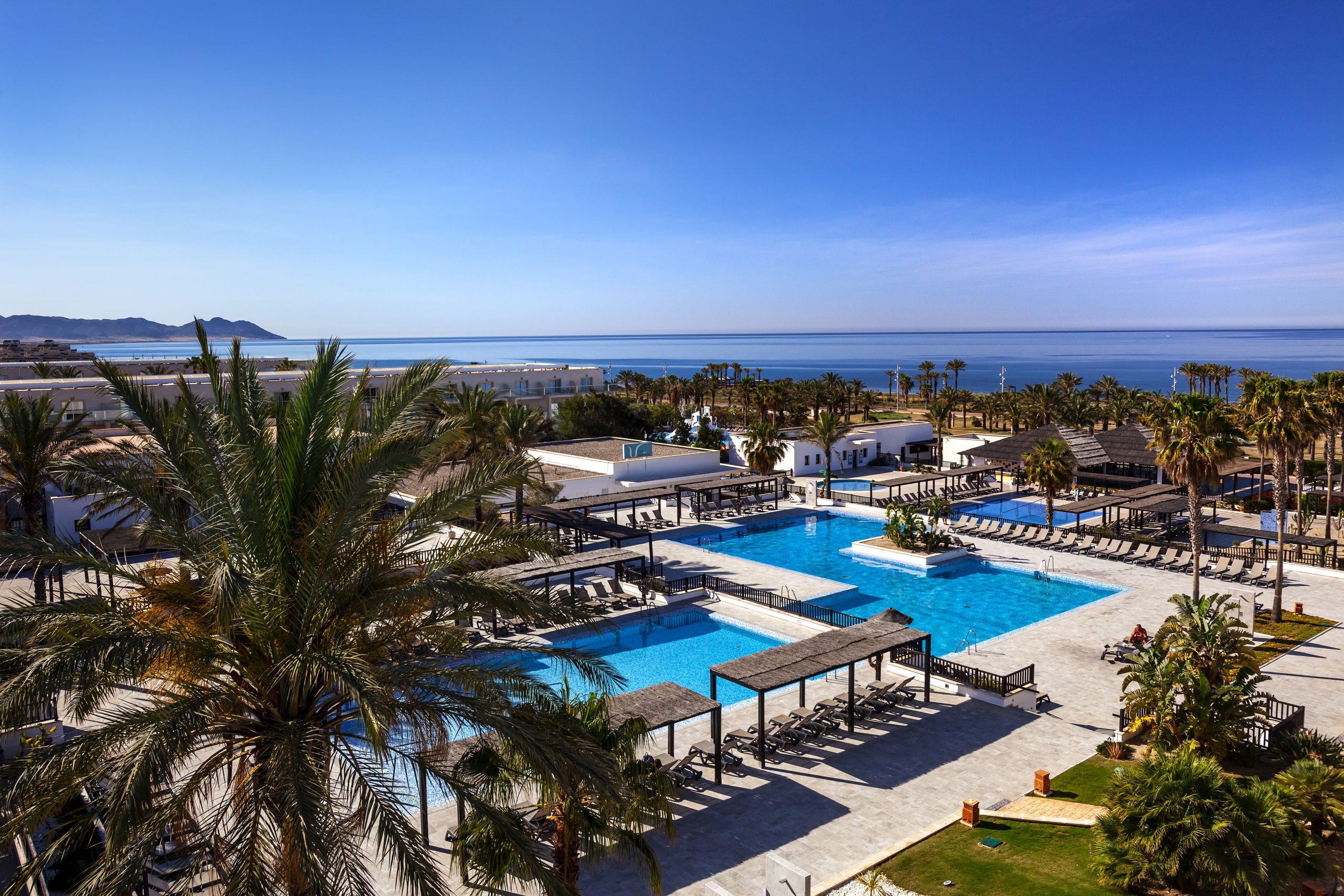The Andalusian Centre of Photography (Centro Andaluz de la Fotografía) is an institution dedicated to photographic research, as well as promoting and raising awareness about the art of photography. Located in Almeria’s historic centre, this dynamic space allows visitors to enjoy a wide range of exhibitions. For the most part, the centre focuses on the artistic soul and diversity found in Andalusia, but it also organises international exhibitions to portray other realities and concerns. A number of high-profile artists have had their work exhibited in the Andalusian Centre of Photography in one of its many national and international exhibitions, and the centre often holds workshops that are dedicated to students, creators, critics and the general public. In this space, photography is seen as the art form for creativity and memory.
The Old Lyceum: the host of the Andalusian Centre of Photography
In the centre of Almeria, visitors will come across the building which used to be the city’s School of Arts and Literature. Since 2007 it has housed the Andalusian Centre of Photography, which comes under the direction of the Andalusian Ministry of Culture.
The origins of the building are shrouded in history, but it is believed to have been constructed somewhere between the 16th and 18th centuries. It is also possible, due to its proximity to Almeria’s ‘Gate to the Sea’, that there had been a fish market on the site prior to it being the Lyceum. Unquestionably, though, the attractive building and its internal courtyard will definitely delight those with a passion for architecture.
During the 19th century, while still an active educational institution, the school became a cultural reference point in the city; a character the centre maintains to this day. Initially, when it was established in 1992, the centre was to be found on Calle Martinez Campos. During this time, and for a number of years after, it used the courtyard in the School of Art as its exhibition space. In time, when it was decided that the centre deserved its own space, the local authorities opted for the Lyceum. The building underwent a full renovation so that it could be the modern and multipurpose space required by the centre. A 600 m2 exhibition hall was installed, along with a digitalisation room, photography studio, library, projection room, archive, shop, and rooms for workshops and administration.
Manuel Falces and the Imagina project, a prelude to the Andalusian Centre of Photography
The first stages of the Andalusian Centre of Photography were overseen by the photographer, critic and professor of Aesthetics, Manuel Falces. His Imagina project, which came about during the Commemoration of the Quincentenary of the Discovery of America, was the brainchild that laid the groundwork for the centre. The project continued to develop between 1990 and 1992, converting Almeria into an international capital of photography.
During this period, work from some world-renowned artists was put on display in the city, turning Almeria into a cosmopolitan centre. William Klein, Douglas Klee, Max Pam, Evgen Bavcar, Arno Fischer, Ouka Leele, Cristina García Rodero, Ilan Wolf, Toni Catany, Sebastiao Salgado and, Henri Cartier-Bresson, were some of the many who had their work displayed.
As part of the ‘Imagina’ project, photographers from all over the world exhibited images that captured their personal view of Almeria. Today, the results of this collaborative effort can be seen in the Andalusian Centre of Photography.
The noteworthy aim of the Andalusian Centre of Photography
The Andalusian Centre of Photography was founded with the funds raised from the ‘Imagina’ project, which resulted in an unpublished collection of 456 images. Each artist that participated was asked to donate 5 photographs for the exhibition and catalogue, however, a number of artists went above and beyond in their generosity, including Cualladó, García Rodero and Douglas Keats. It is also worth noting Cartier-Bresson, who no longer took photographs but instead, donated drawings from his time in Almeria.
Since its fortunate beginnings, the centre’s collection has continued to grow, through donations, purchases and in-house work. The desire to have an institution that offers the public an incomparable permanent collection and space to analyse and study photography and image has always been at the heart of the centre. It is through organising workshops, conferences and seminars that the centre lives up to these ideals of being a focal point for study and analysis. Through its continued work, the centre has made Andalusia an important area in the world of photography. Having edited catalogues with works from the world’s most prominent artists and having held over 500 exhibitions, the centre has helped local and international artists exhibit their work not only in Andalusia, but in collections that tour the Iberian Peninsula and beyond.
The rising trajectory of the Andalusian Centre of Photography
In 2007, when the centre was relocated, Manual Falces was succeeded as director by Pablo Juliá, a photographer from Cadiz. This was followed by an intense period of conferences and workshops about photographic art, taught by specialists in the field. This period served to increase the presence of Spanish artists, especially those from Andalusia, at the centre. Some famous names who came to teach in this period are, Pérez Siquier, Miserachs, Pomés, Terré, Catalá Roca, and Jorge Rueda.
When the institution reached its 25th anniversary, Pablo Juliá was succeeded by the cultural manager, Rafael Doctor. To celebrate the longevity of the project, the centre repeated their emblematic opening by re-exhibiting the 1992 collection under the name ‘Imagina; the 25th Anniversary’. In recent years, some notable exhibitions at the centre have been the works of the couple Gerda Taro and Robert Capa and the work by Pedro Almodóvar, the film director and photographer, with the painter Jorge Galindo. There have also been worthwhile exhibitions by artists like Cristina de Middel, Norman Bethune and Thomas Kellner.





























































